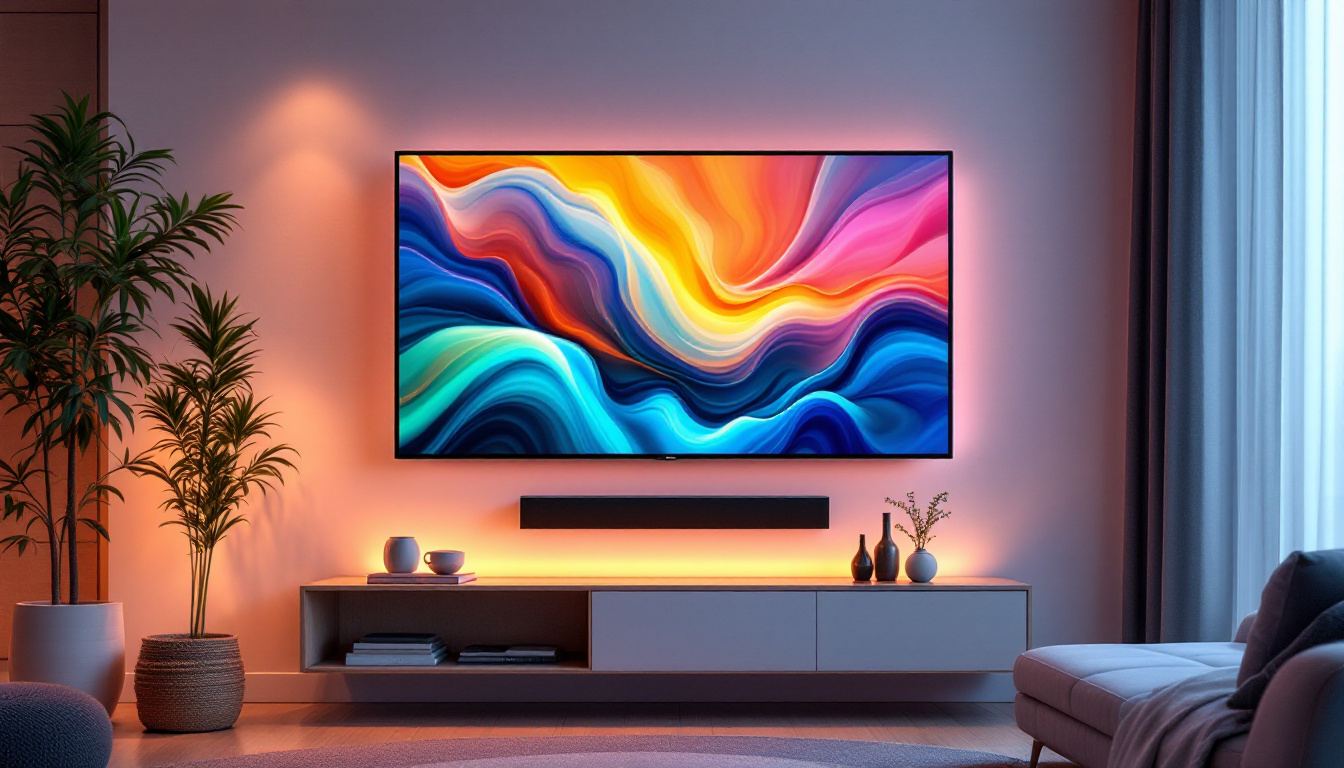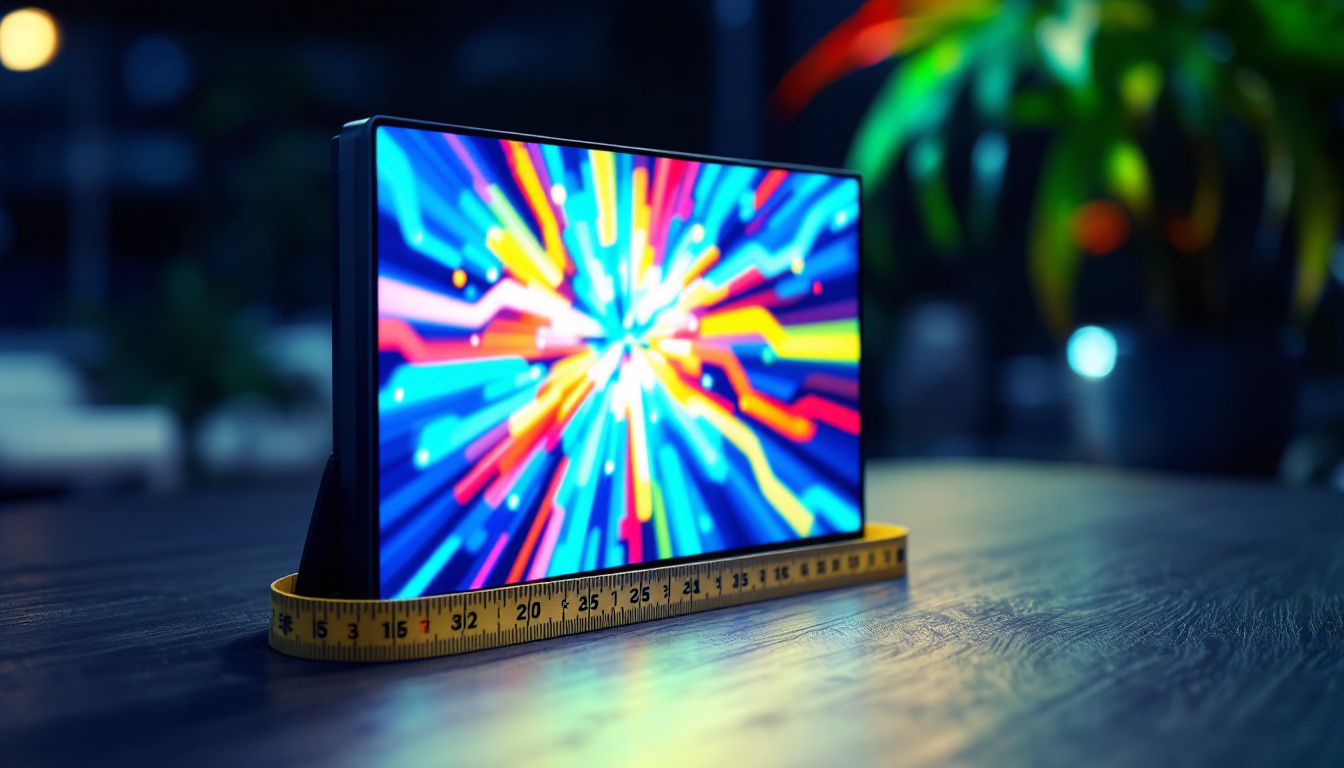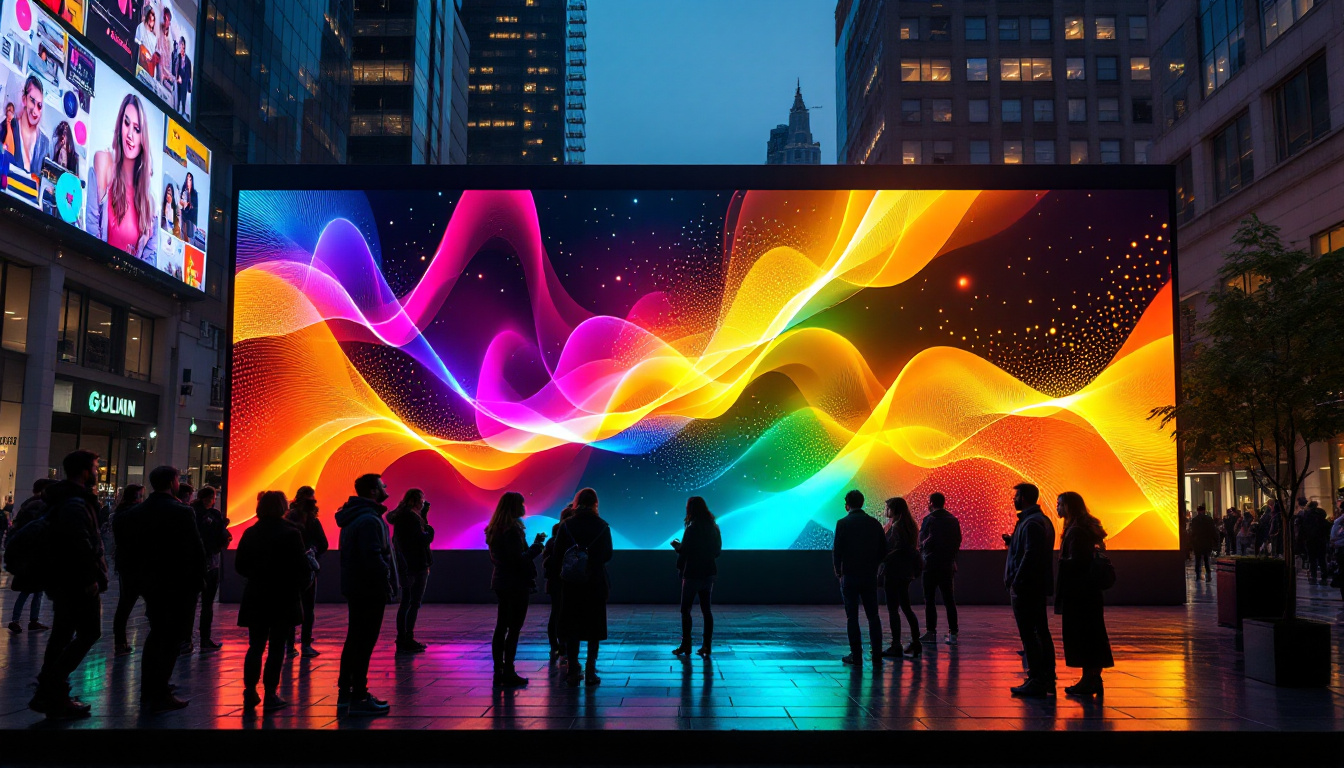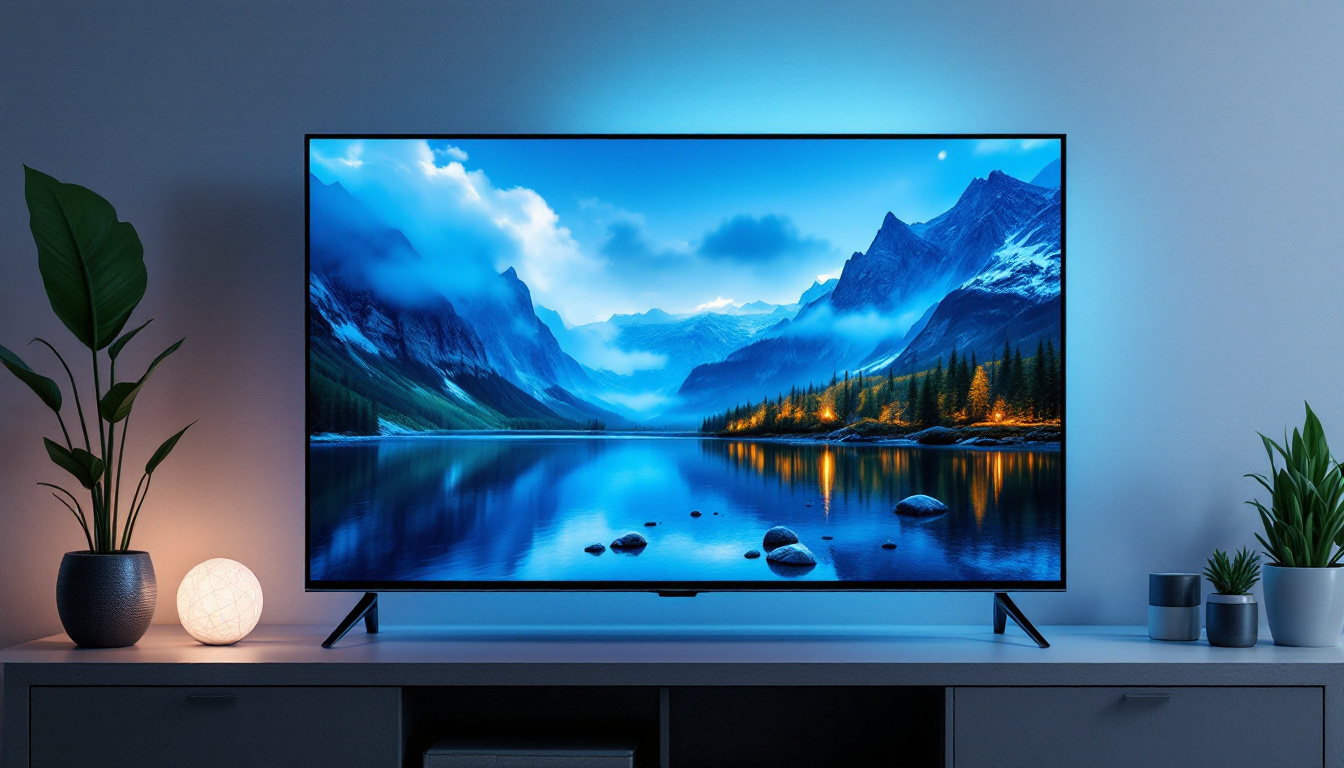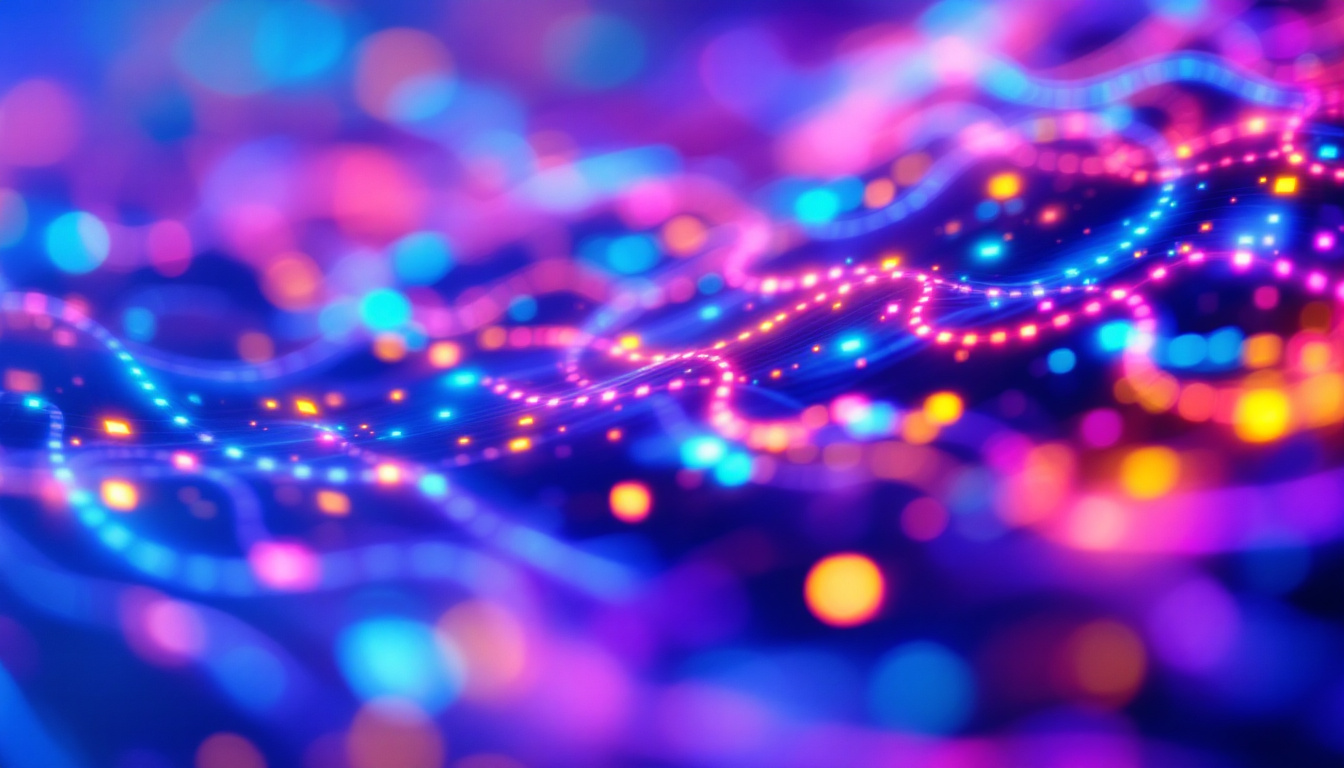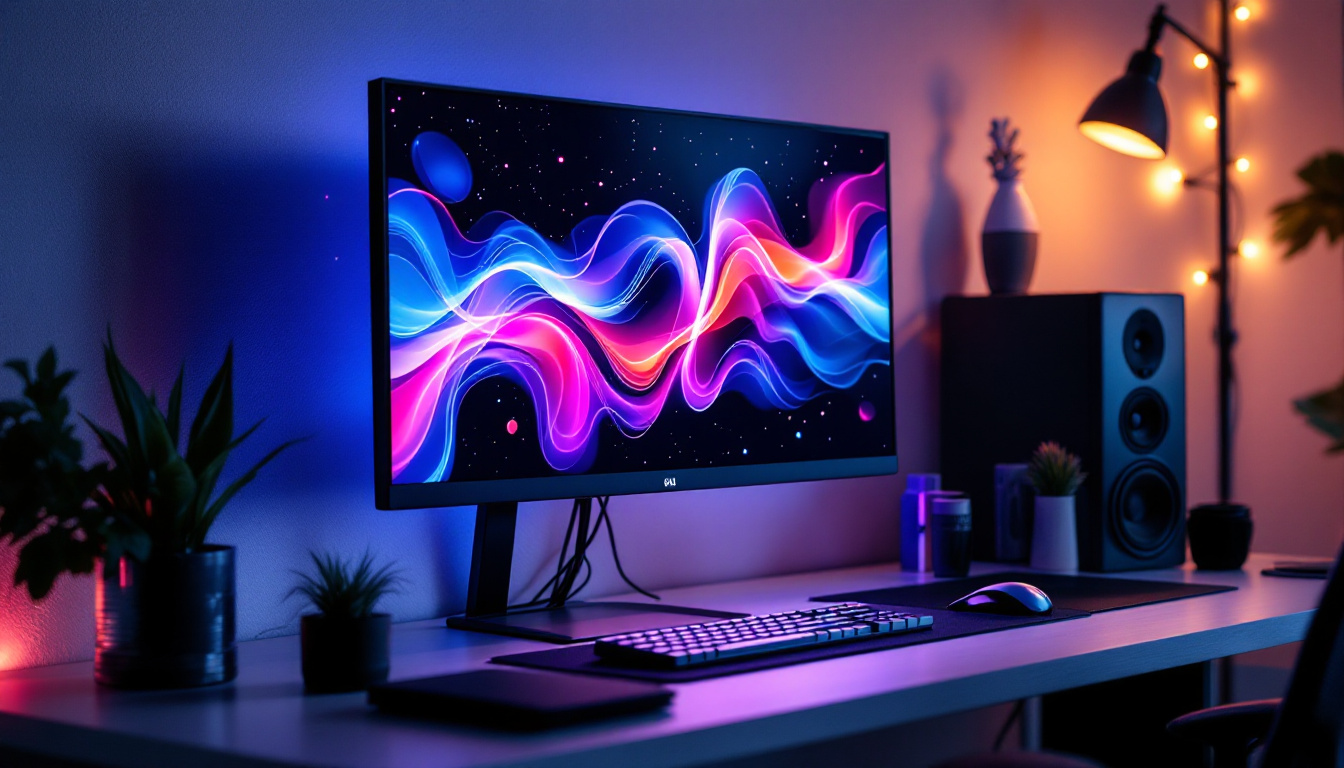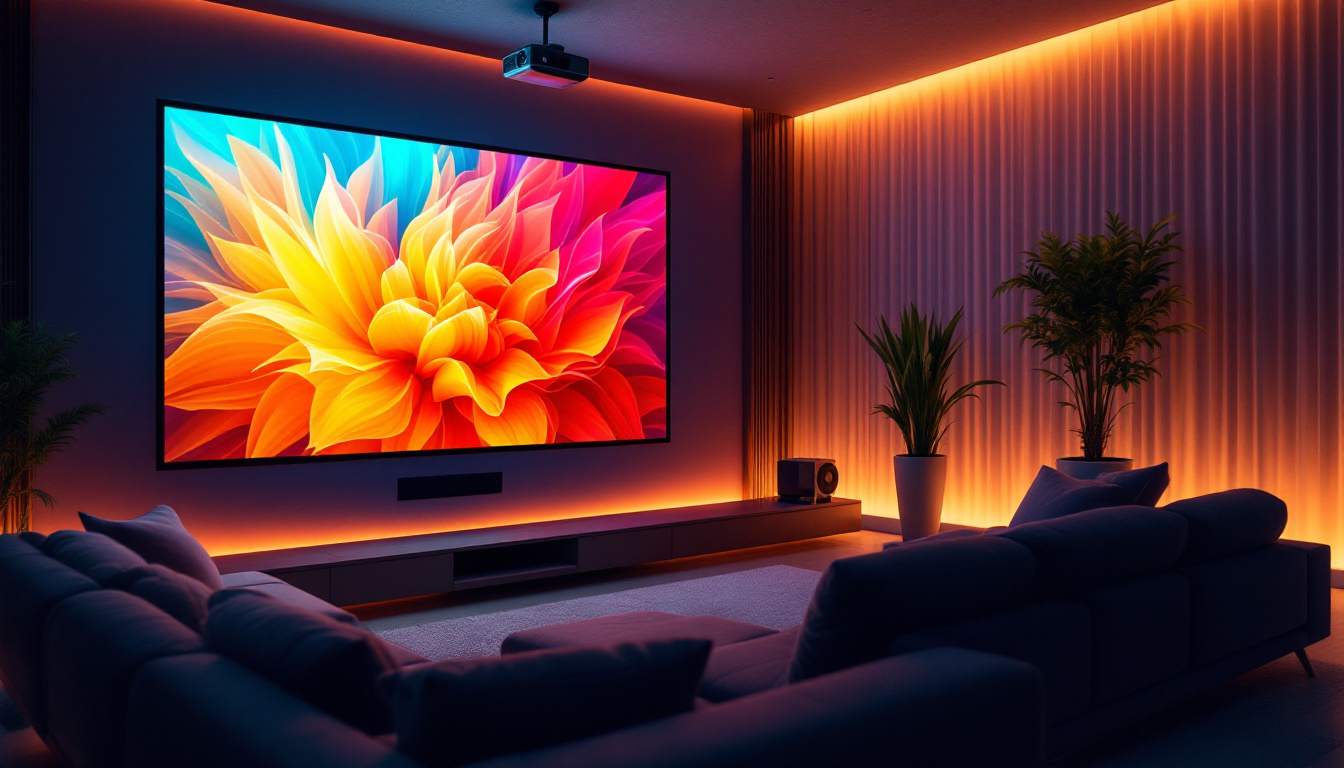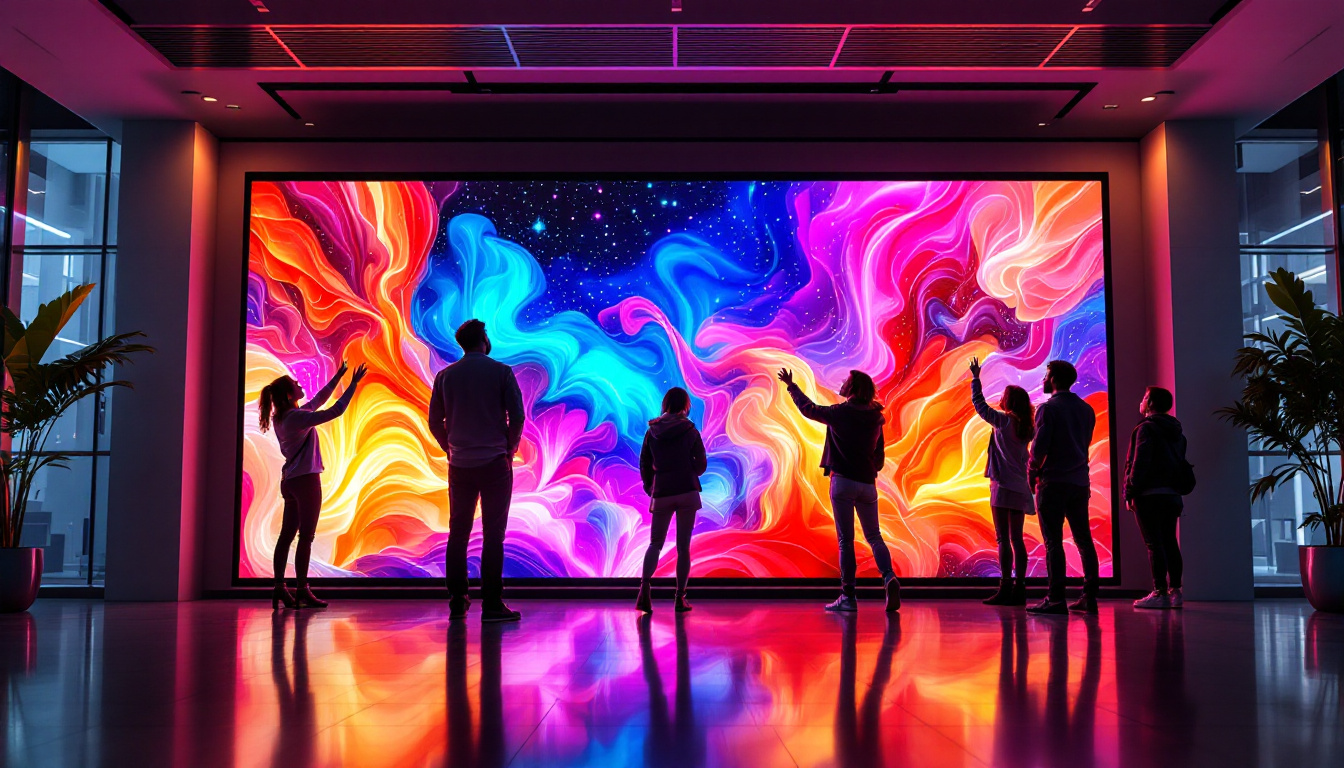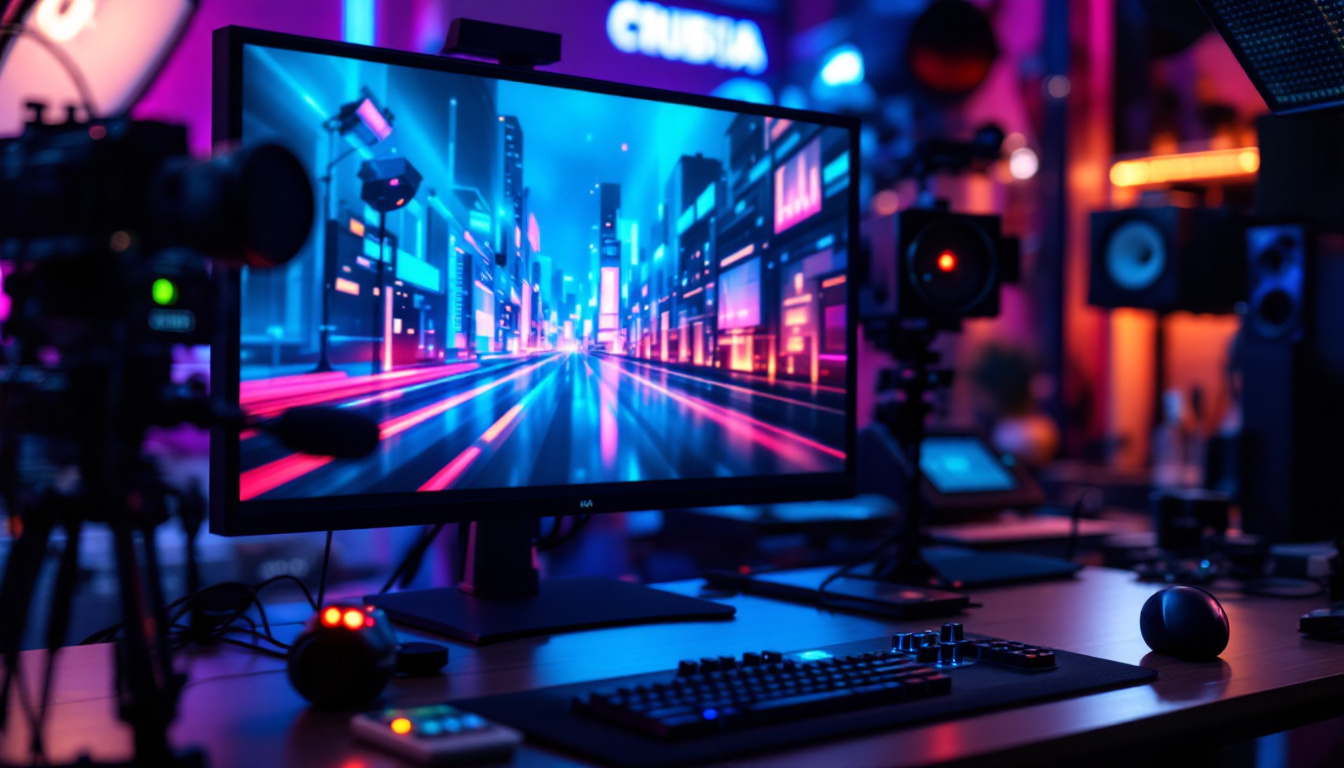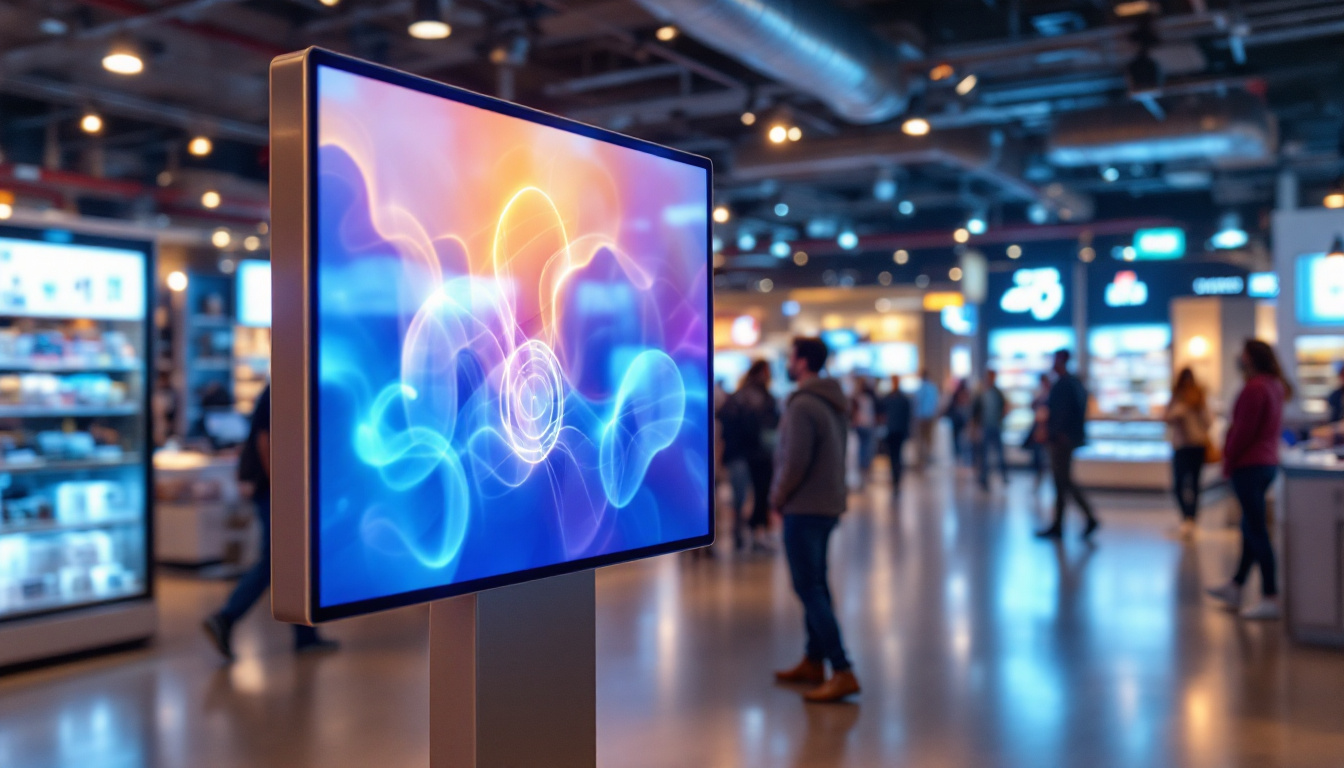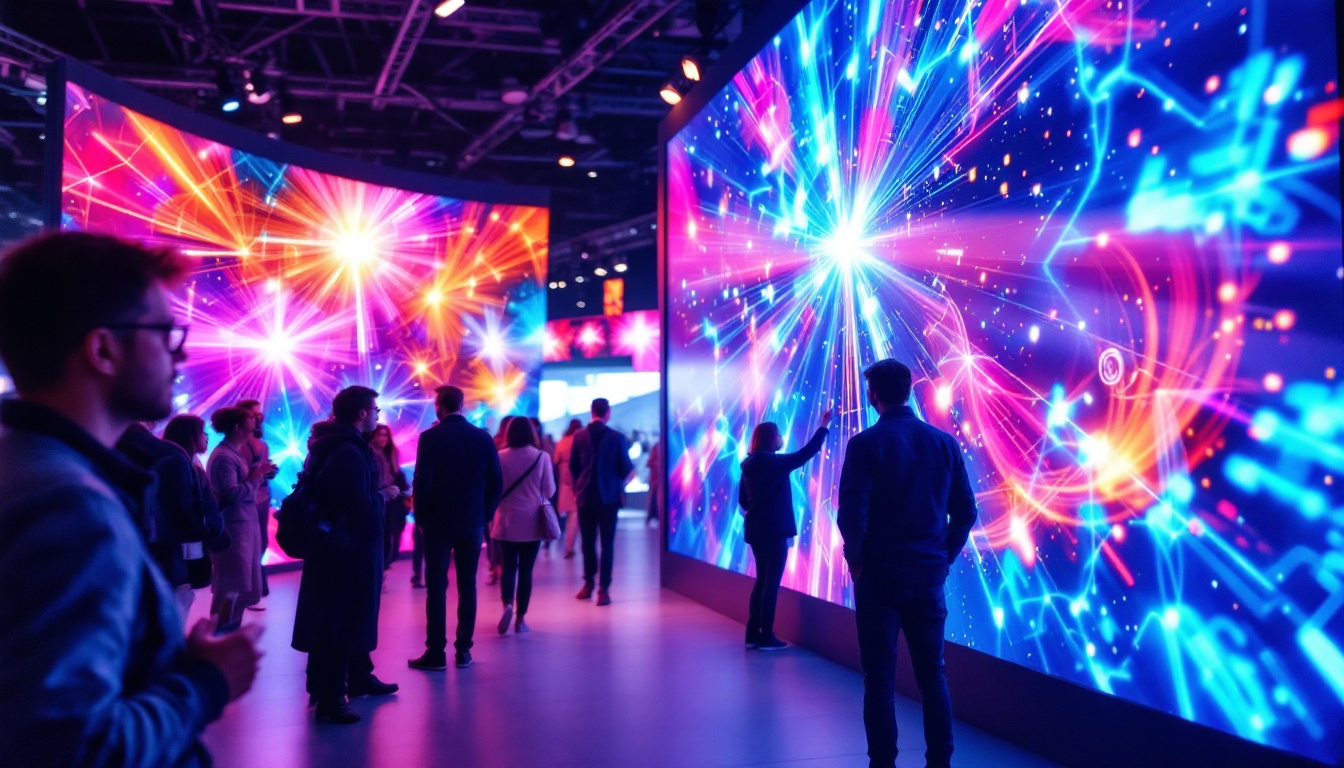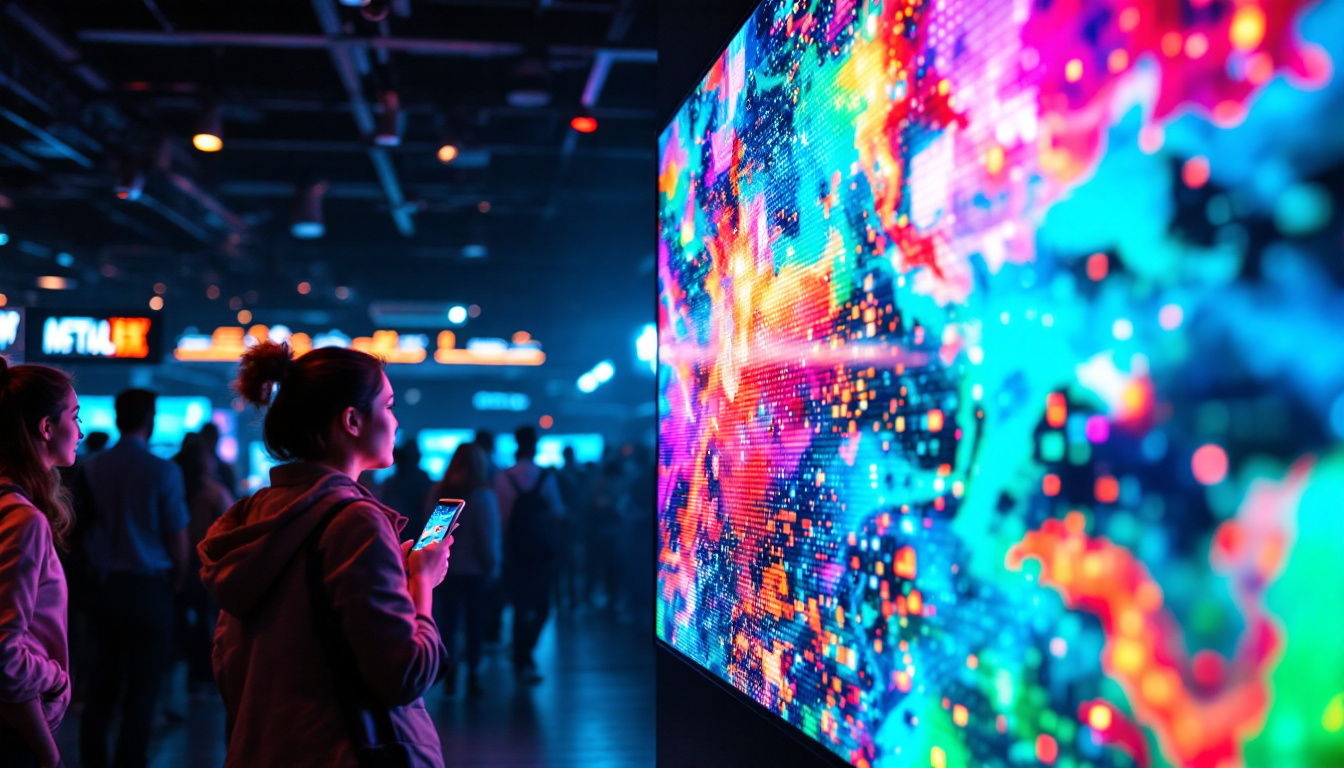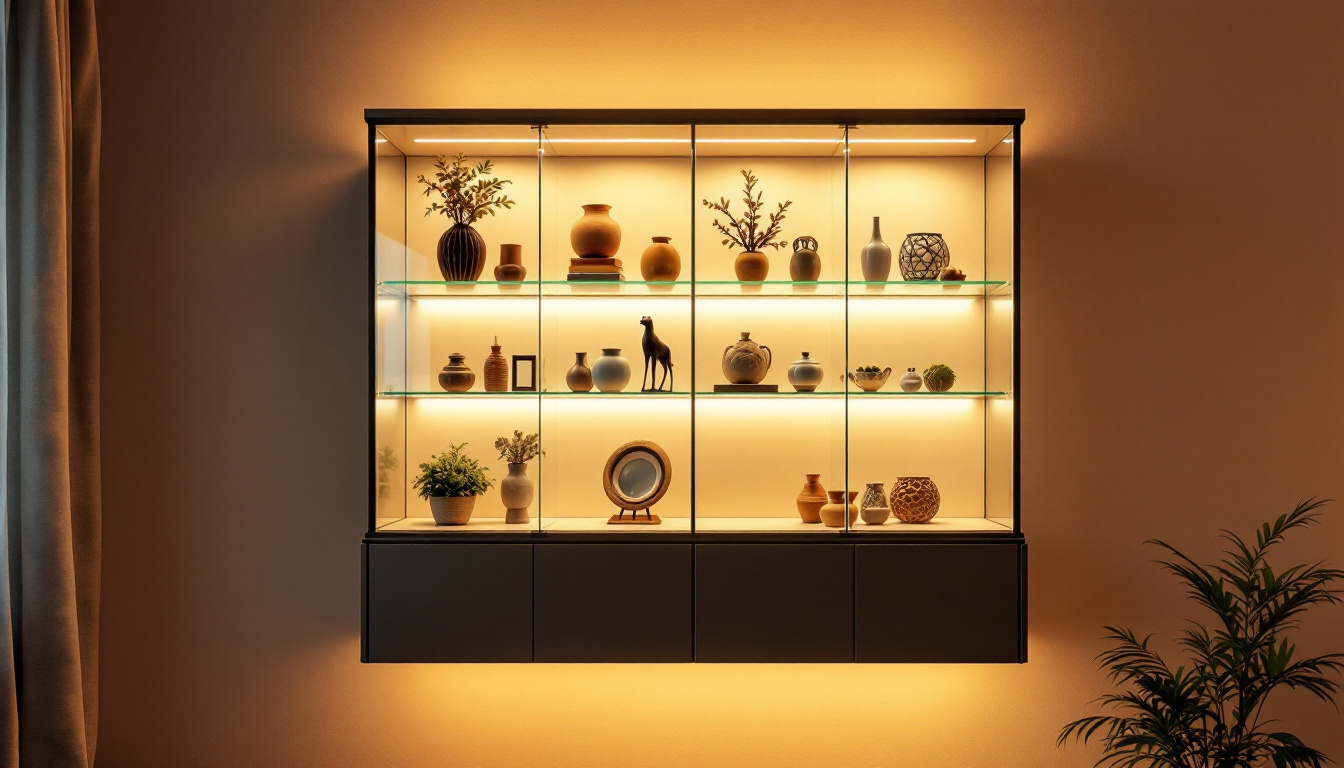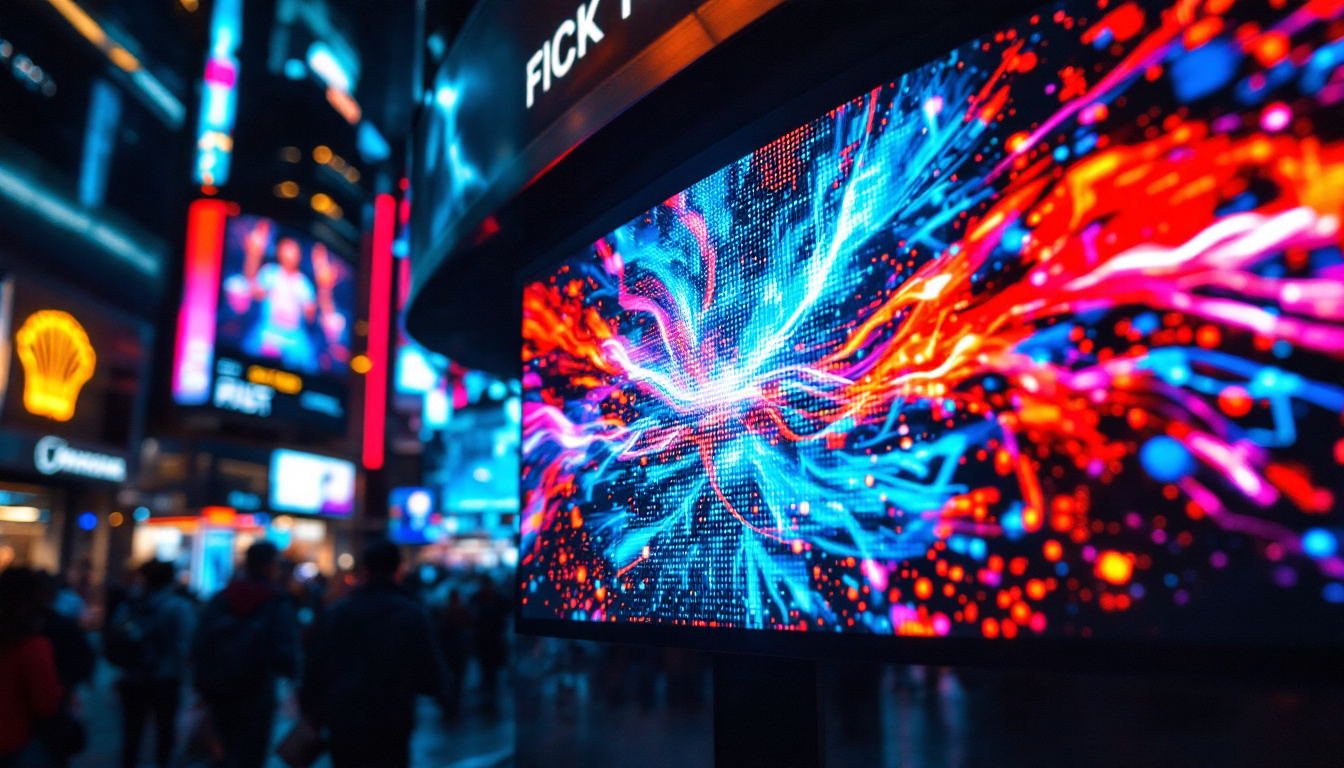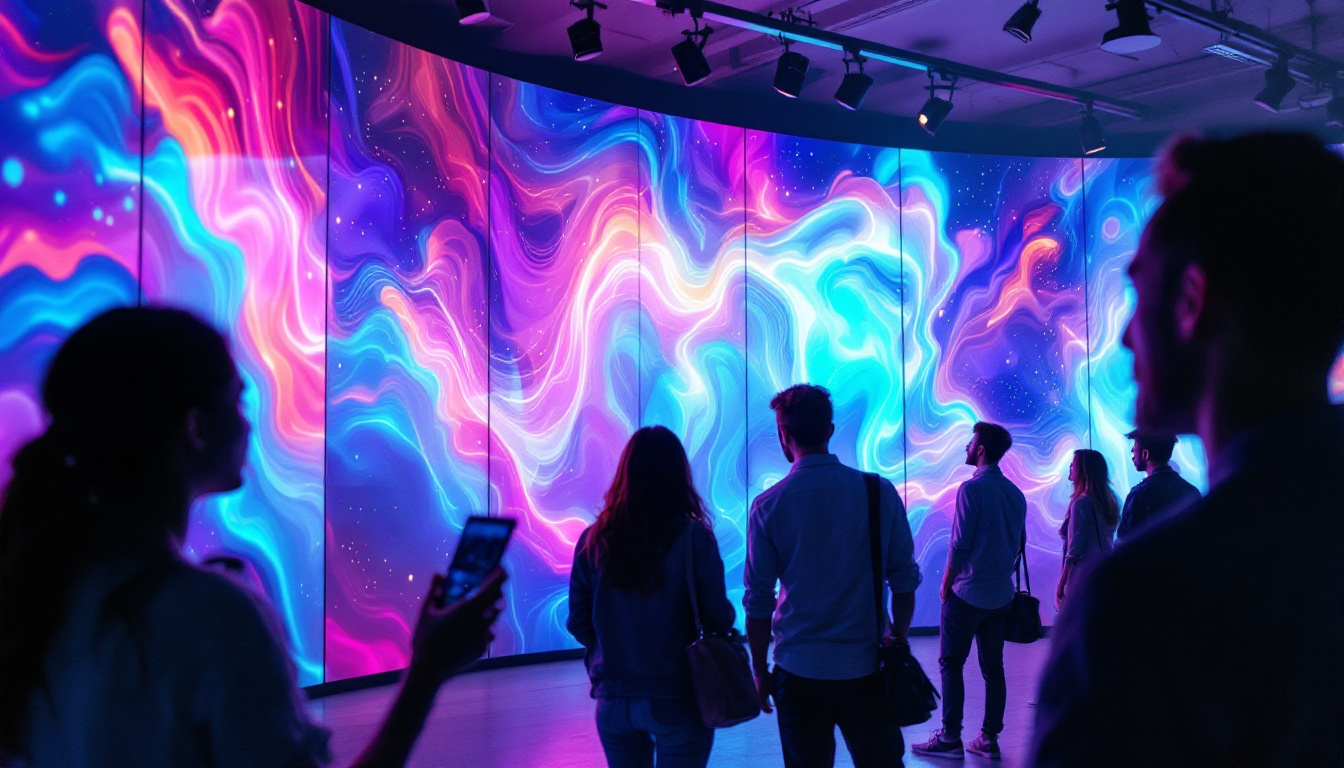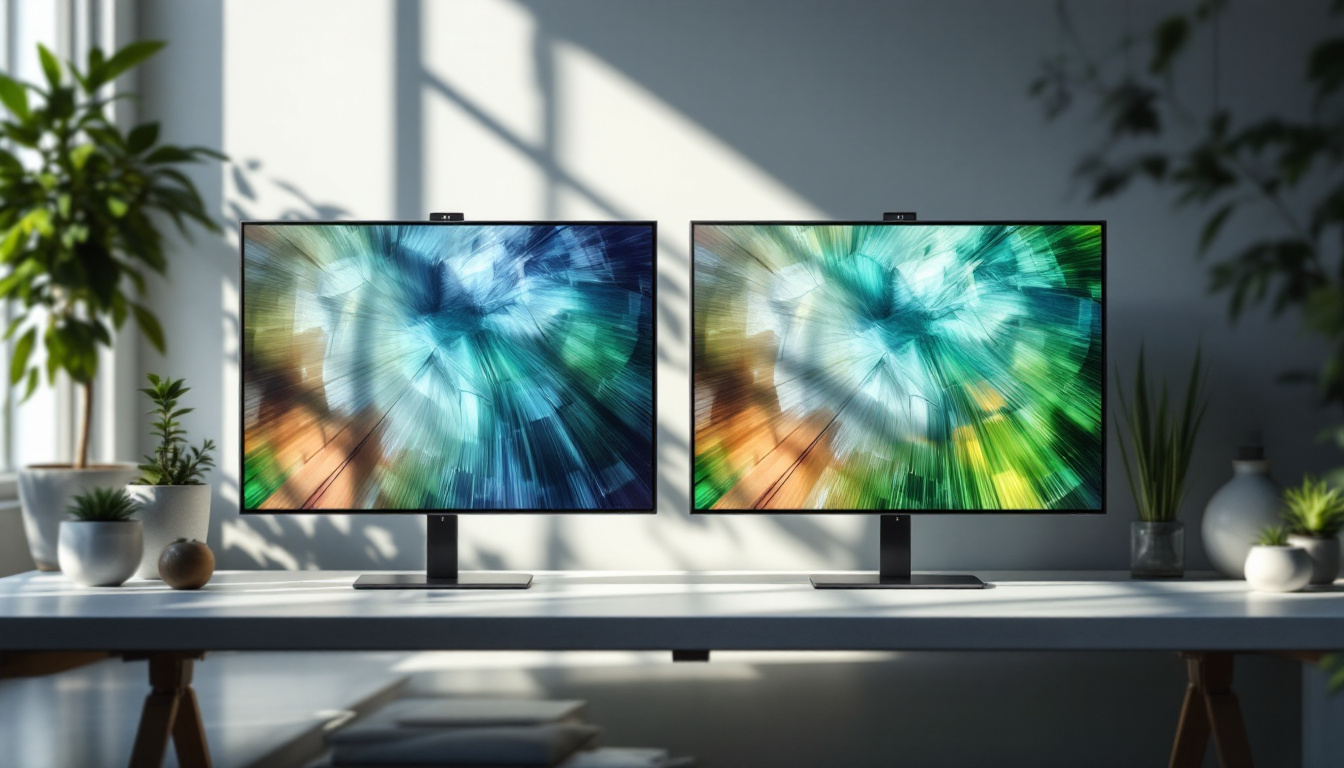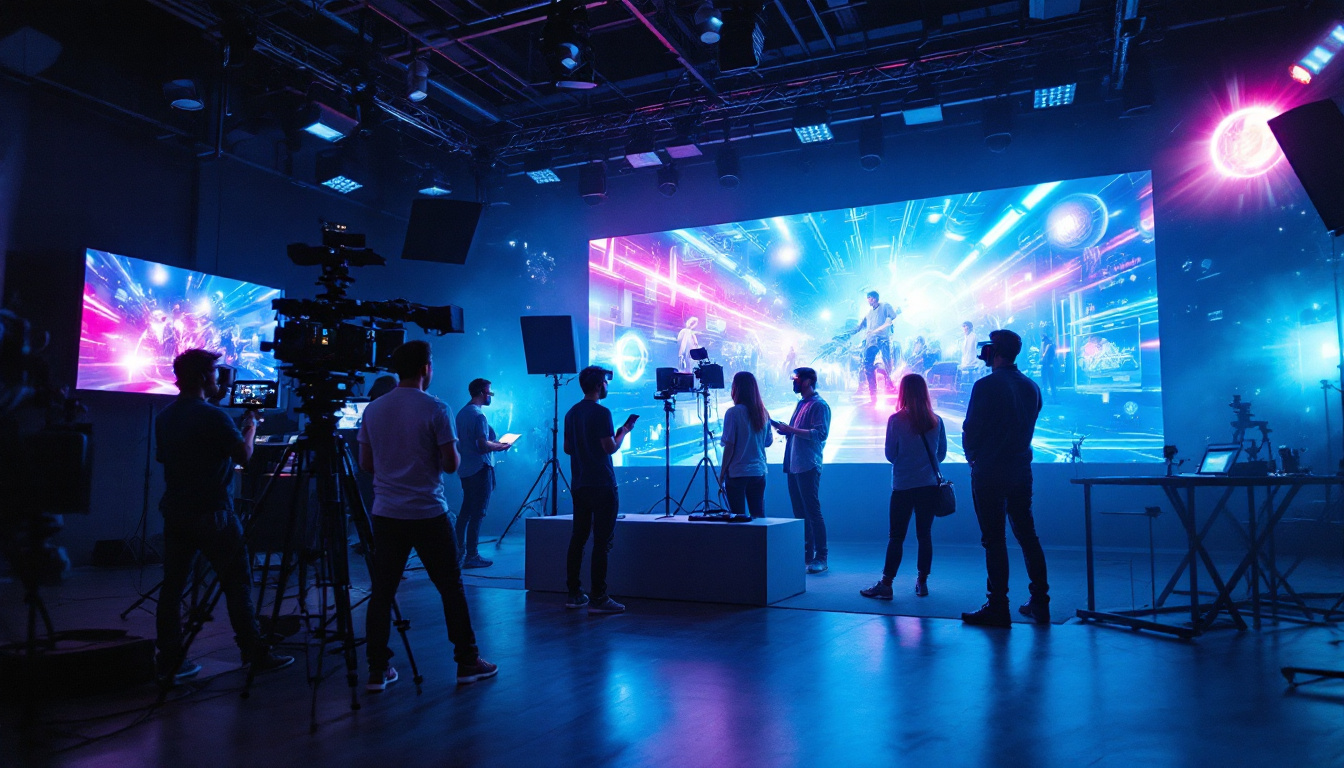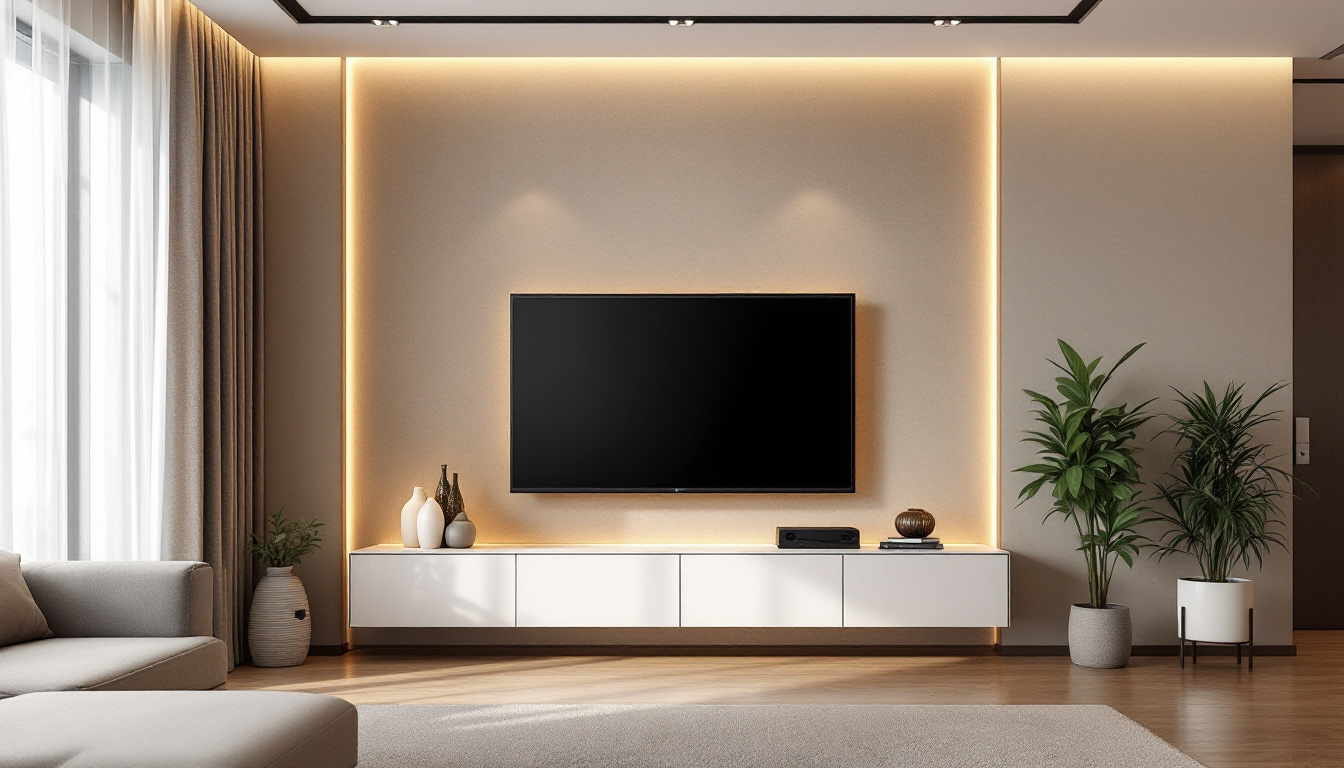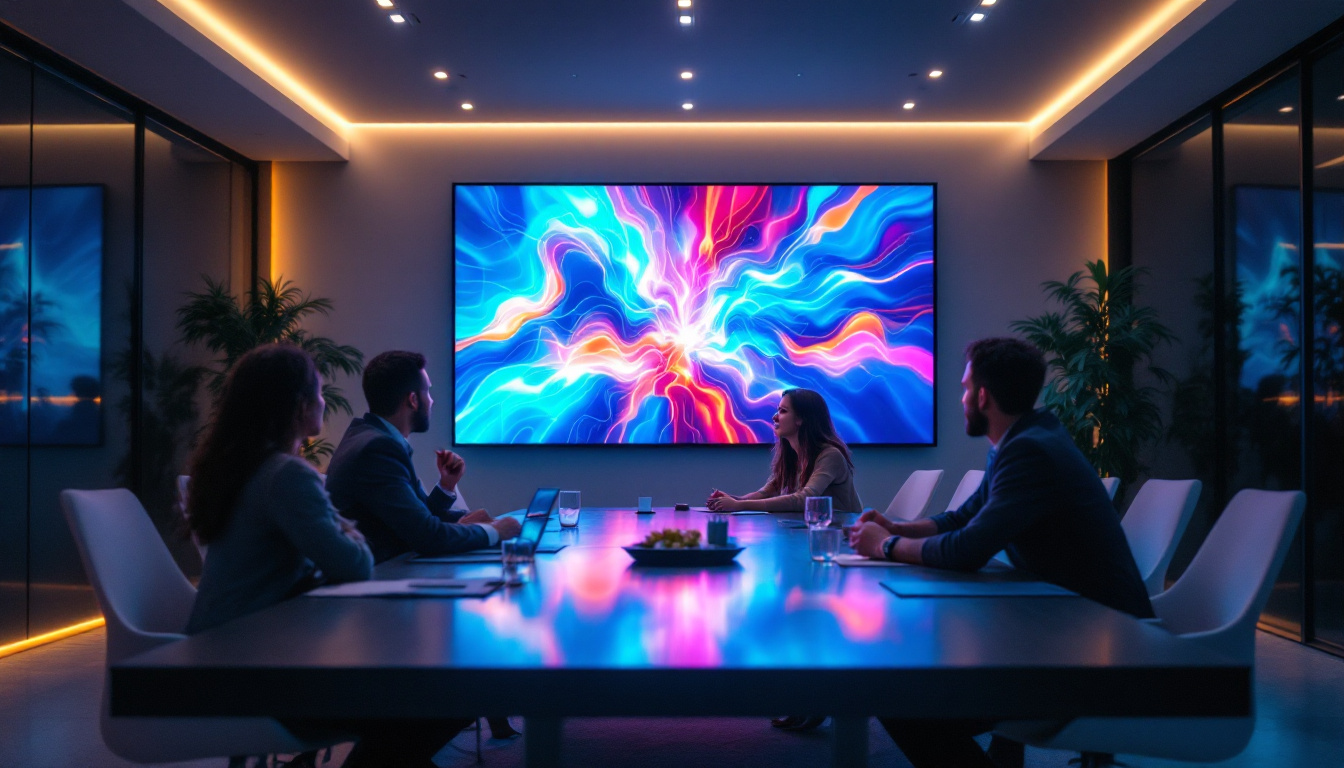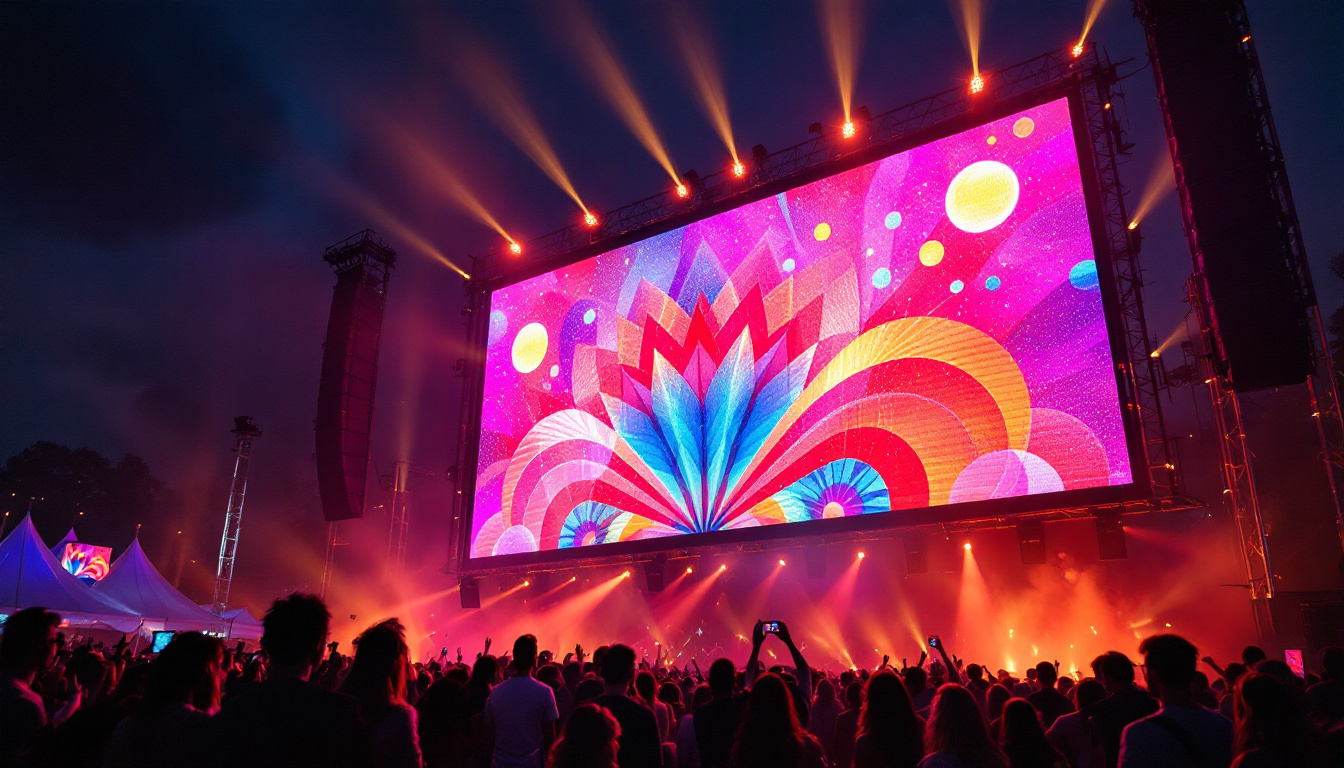In the modern era of entertainment and technology, LED displays have revolutionized the way we experience visual content. From large-scale advertising to home entertainment systems, LED technology has become ubiquitous. This article delves into the world of LED TV walls, exploring their functionality, advantages, and applications.
Understanding LED Technology
LED, or Light Emitting Diode, is a semiconductor device that emits light when an electric current passes through it. This technology is not only energy-efficient but also offers a wide range of colors and brightness levels, making it ideal for various applications. The versatility of LED technology has led to its adoption in everything from home lighting to large-scale advertising displays, revolutionizing the way we illuminate and communicate visually.
The Basics of LED Displays
LED displays consist of numerous tiny light-emitting diodes arranged in a grid. These diodes can be individually controlled, allowing for vibrant colors and sharp images. The most common types of LED displays include Direct LED, Edge-Lit LED, and OLED (Organic LED), each offering unique benefits and drawbacks. For instance, while Direct LED displays provide superior brightness and contrast, OLED displays are known for their incredible color accuracy and deeper blacks, making them a favorite for high-end televisions and monitors.
How LED Technology Works
When electricity flows through the diode, it excites the electrons, causing them to release energy in the form of light. This process is efficient, as it generates minimal heat compared to traditional lighting methods. The arrangement of red, green, and blue diodes creates a full spectrum of colors, enabling the display to render realistic images. Additionally, advancements in LED technology have led to the development of smart LEDs, which can be programmed to adjust brightness and color temperature based on ambient light conditions, further enhancing energy savings and user experience.
Types of LED Displays
LED displays can be categorized into various types based on their configuration and application. Common types include:
- Indoor LED Displays: Typically used in retail environments, conference rooms, and entertainment venues.
- Outdoor LED Displays: Designed to withstand harsh weather conditions, these displays are often used for billboards and sports arenas.
- Transparent LED Displays: These innovative displays allow for visibility through the screen, making them perfect for storefronts and exhibitions.
Furthermore, there are specialized LED displays such as flexible LED screens, which can be bent and shaped to fit unconventional spaces, and high-definition LED displays that offer enhanced pixel density for stunning visual clarity. The evolution of LED technology continues to push the boundaries of what is possible, leading to exciting new applications in art installations, architectural lighting, and even wearable technology, showcasing the limitless potential of this remarkable innovation.
Advantages of LED TV Walls
LED TV walls offer numerous advantages that make them a preferred choice for both commercial and residential applications. Their versatility, durability, and visual quality set them apart from traditional display technologies.
High-Quality Visuals
One of the most significant advantages of LED TV walls is their ability to produce high-quality visuals. The brightness and contrast levels of LED displays are superior to those of LCD and plasma screens. This results in crisp images and vibrant colors, making them ideal for showcasing dynamic content. Furthermore, the wide viewing angles of LED technology ensure that the visuals remain consistent and engaging, regardless of where the viewer is positioned. This characteristic is particularly beneficial in environments such as galleries, auditoriums, and public spaces, where audience engagement is paramount.
Energy Efficiency
LED technology is known for its energy efficiency. Compared to traditional display technologies, LED displays consume significantly less power, which translates to lower electricity bills. This feature is particularly advantageous for businesses that operate large video walls, as it reduces operational costs over time. Additionally, the longevity of LED lights means that they have a longer lifespan, which not only minimizes the need for replacements but also contributes to a reduced carbon footprint. As sustainability becomes a key consideration for many organizations, the energy-efficient nature of LED TV walls aligns perfectly with eco-friendly initiatives.
Scalability and Flexibility
LED TV walls are highly scalable, allowing for various configurations and sizes. Whether a small setup for a home theater or a massive installation for a concert venue, LED technology can be adapted to meet specific needs. Additionally, these displays can be easily integrated with other technologies, such as video conferencing systems and digital signage solutions. This adaptability makes them an excellent choice for a wide range of applications, from corporate environments needing seamless presentations to retail spaces looking to create immersive shopping experiences. The modular design of LED panels also allows for easy upgrades and maintenance, ensuring that the technology remains cutting-edge and functional over time.
Enhanced Durability
Another notable advantage of LED TV walls is their enhanced durability. Unlike traditional screens, which can be prone to cracking or damage, LED panels are built to withstand the rigors of frequent use and transportation. This resilience is particularly important for mobile applications, such as events and exhibitions, where displays may be set up and taken down repeatedly. Moreover, many LED walls come with protective coatings that guard against dust, moisture, and other environmental factors, further extending their lifespan and maintaining their visual integrity. This durability not only ensures a reliable performance but also reduces the need for costly repairs or replacements, making LED TV walls a smart investment for any setting.
Applications of LED TV Walls
The versatility of LED TV walls allows them to be utilized in a wide array of applications. From commercial settings to artistic installations, the potential uses are vast.
Commercial Use
In commercial environments, LED TV walls serve as powerful marketing tools. Retailers use them to display advertisements, promotions, and product information, capturing the attention of potential customers. Additionally, corporate offices employ LED displays for presentations, video conferencing, and internal communications.
Entertainment and Events
LED TV walls have become a staple in the entertainment industry. Concerts, festivals, and sporting events utilize large LED screens to enhance the audience’s experience. These displays can showcase live feeds, graphics, and interactive content, creating an immersive atmosphere.
Artistic Installations
Artists and designers are increasingly incorporating LED technology into their work. Interactive art installations and digital sculptures utilize LED displays to create dynamic visual experiences. This innovative approach to art allows for greater engagement and interaction with the audience.
Installation Considerations
Installing an LED TV wall requires careful planning and consideration. Factors such as location, size, and purpose must be taken into account to ensure optimal performance.
Site Assessment
Before installation, a thorough site assessment is essential. This includes evaluating the space’s dimensions, lighting conditions, and viewing angles. Understanding these factors will help determine the appropriate size and configuration of the LED display.
Mounting Options
LED TV walls can be mounted in various ways, including wall-mounted, free-standing, or suspended from ceilings. The chosen mounting option should align with the intended use and aesthetic preferences. Additionally, ensuring proper ventilation and accessibility for maintenance is crucial.
Calibration and Configuration
Once installed, the LED display must be calibrated for optimal performance. This includes adjusting brightness, color settings, and resolution. Proper configuration ensures that the content is displayed accurately and effectively, enhancing the viewer’s experience.
Maintenance and Longevity
To maximize the lifespan of an LED TV wall, regular maintenance is essential. Understanding the maintenance requirements can help prevent issues and ensure consistent performance.
Regular Cleaning
Dust and debris can accumulate on the surface of LED displays, affecting image quality. Regular cleaning with appropriate materials will help maintain clarity and brightness. It is advisable to follow the manufacturer’s guidelines for cleaning to avoid damaging the display.
Software Updates
Many LED displays come equipped with software that requires periodic updates. Keeping the software up to date ensures that the display operates smoothly and can take advantage of new features or improvements. Regular updates also help maintain security and compatibility with other systems.
Professional Servicing
For larger installations, it may be beneficial to engage professional servicing for maintenance. Experts can conduct thorough inspections, troubleshoot issues, and perform repairs as needed. This proactive approach helps extend the lifespan of the LED TV wall and ensures optimal performance.
Future Trends in LED Technology
The LED display industry is continuously evolving, with advancements in technology paving the way for exciting new possibilities. Understanding these trends can help businesses and consumers make informed decisions about future investments.
MicroLED Technology
MicroLED is an emerging technology that promises to revolutionize LED displays. Unlike traditional LED displays, which use larger diodes, MicroLED utilizes tiny individual LEDs to create images. This technology offers improved brightness, contrast, and energy efficiency, making it an attractive option for future installations.
Flexible and Curved Displays
Flexible LED displays are gaining popularity, allowing for creative installations that were previously impossible. These displays can be bent and shaped to fit various surfaces, providing new opportunities for artistic expression and innovative design. Curved displays also offer enhanced viewing angles and a more immersive experience.
Integration with Smart Technology
As smart technology continues to advance, LED displays are becoming increasingly integrated with IoT (Internet of Things) devices. This integration allows for seamless connectivity and control, enabling users to manage their displays remotely and customize content based on real-time data.
Conclusion
LED TV walls represent a significant advancement in display technology, offering unparalleled visual quality, energy efficiency, and versatility. Their applications span across various industries, from commercial advertising to artistic installations, making them a valuable asset in today’s digital landscape.
As technology continues to evolve, the future of LED displays looks promising. Innovations such as MicroLED technology and flexible displays will further enhance the capabilities of LED TV walls, providing even more opportunities for creative expression and effective communication.
In summary, understanding LED technology and its applications is crucial for anyone considering an LED TV wall installation. With careful planning, maintenance, and an eye on future trends, businesses and individuals can harness the full potential of this remarkable technology.
Discover the Future of Visual Experience with LumenMatrix
Ready to elevate your visual communication to the next level? Explore LumenMatrix’s innovative LED display solutions and transform your space with our Indoor LED Wall Display, Outdoor LED Wall Display, and more. Each product is designed to captivate your audience and amplify your message with unparalleled clarity and impact. Don’t miss the opportunity to be at the forefront of LED display technology. Check out LumenMatrix LED Display Solutions today and join the revolution in visual storytelling.

